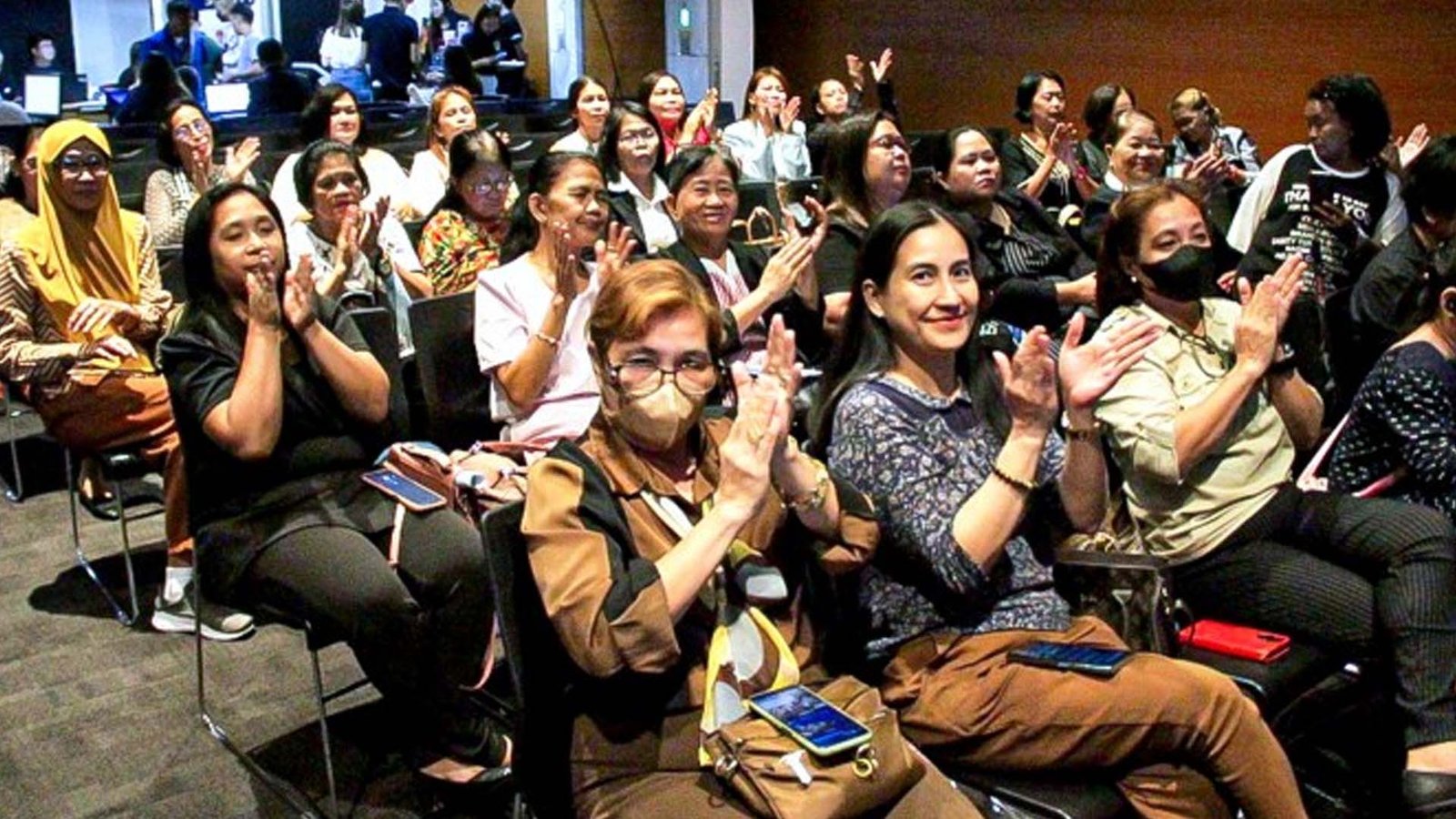More than a marketplace of artisanal products, this year’s ArteFino Fair, which will run from July 31 to Aug. 3, champions a new batch of homegrown talent, reaffirming the creativity and ingenuity of the Filipino artist while preserving local traditions and stories that keep Filipino culture alive and thriving.
By ANNE STEPHANIE NILO
With over 100 local brands, this year’s ArteFino Fair at The Fifth at Rockwell, Power Plant Mall trains the spotlight on HeArteFino, the grant program that provides not only seed funding to community-based artisans, but also invaluable mentorship that enables them to learn product innovation and marketing.
Since its first fair in 2017, HeArteFino grants have increased in value over the years, and recently reached an estimated P 1 million. Recipients have included the Bagobo Tagabawa community from Davao, weavers from Argao, Cebu and the artisans of Kabankalan, Negros Occidental.

Aside from building a platform where ArteFino’s partner artisans can showcase and sell their products, co-founder Maritess Pineda says her group aims to not only show the best of Filipino craftsmanship, but raise the standard of Filipino artistry year after year. “Every year we require them [grant applicants] to come up with a deck of new items. If there’s none, we will not accept them. We always give them that challenge,” she says.
Here are a few names and brands that will wow us in this four-day fair at Rockwell this year!
Jor-El Espina
For ArteFino 2025, Jor-El Espina pays tribute to the Grand Dame of Philippine Fashion Patis Tesoro by launching a limited edition collection entitled “Heirloom,” which, he says, “is also a tribute to the Filipino soul that is layered, vibrant and unapologetically proud.”

Each of Espina’s designs originates from an emotion or memory, with the threads and fabrics bringing it to life until it becomes a textile masterpiece — and ultimately, his contribution to Filipino fashion design. “Sometimes it’s nostalgia from childhood, a moment in history, or even the spirit of a place I’ve visited. From there, I sketch, source textiles, and experiment with textures and silhouettes that reinterpret our traditions through a contemporary lens,” he says.
And ArteFino gave him “the freedom to explore new materials, revive forgotten techniques, and collaborate with artisans.” Each year challenges him to present something new while staying rooted in the Filipino identity, resulting in a fusion of tradition and innovation.

“Over the years, ArteFino has not only amplified my voice as a designer but also shaped me as a cultural storyteller. Through this platform, I’ve witnessed how fashion can transform into a movement that celebrates our heritage, supports livelihoods, and inspires a new generation of makers,” he adds.
Charming Baldemor
The artworks of this wood sculptor from Paete, Laguna that are made of salvaged materials from demolished houses, cut and fallen trees are not just expressions of her design ideas, but visual statements that advocate sustainability and women empowerment.
Beyond selling well-crafted and designed bags, mentoring abused women who are artistically inclined is how Baldemor is making a mark in a male-dominated industry. At the core of her work is not just art, but a heart for empowering her fellow women.

“I really want to support these women because I feel they want to create something that will give them hope. I thought of wearable art, and that’s how the bags came about. I had to study the characteristics of different types of wood para mapagaan ko and make these bags wearable. It’s being crazy to come up with something different,” Baldemor explains. There are only eight designs per collection. And for each design it takes several months to make just one piece.

Aside from intricately carved wooden bags, Baldemor is also known for her miniature dioramas that depict bits and pieces of Filipino life. Balikbayans who visited previous ArteFino fairs felt a tugging of heartstrings as the “Lechon” diorama reminded them of this Filipino feast staple. This year, her street food earrings made of eco-epoxy — complete with Isaw, Betamax, Fish Balls and Adidas — will debut at ArteFino 2025, and are sure to evoke the taste — and memories — of home.
Lakat
Amidst a dizzying array of shoe brands, a homegrown footwear brand born in Negros dared to carve a tiny space in the highly competitive sneakers market, proving that when it comes to durability and design, Filipino-made products have what it takes to be among the world’s best.

An initial collaboration with the weavers of Kabankalan, Negros led business owner Michael Claparols to design footwear that is not only fashionable, but made of sustainable materials. “The Philippines has so many fibers. That’s one of our strengths. And my wife and I realized that we want to create an impact in the countryside. So the whole idea is to create sustainable footwear.” That’s how Lakat — which means lakad or walk in Hiligaynon — was born in 2021.
The back-and-forth supply chain starts in Negros where he sources pineapple and cotton fibers that, upon reaching Manila, are made into yarns. These yarns are then sent back to the weavers in Negros, who also weave the uppers of the sneakers. The handwoven fabrics are then again shipped back to Manila, until the shoes are finally assembled in San Mateo, Rizal.
Their big break came in 2024 when Japanese designer Wataru Sakuma designed an entire line of sneakers for Lakat, which paved the way for this Negros-based footwear brand to be introduced to the Japanese market.

Zarah Juan
Despite her talent, ArteFino’s first grantee Zarah Juan did not have a smooth start when her grant application was declined twice. But the third time seems to have been a charm. By 2016, ArteFino organizers knew she was finally ready to introduce her designs to Rockwell’s annual artisanal fair, and to a bigger market.

Her bag and fabric designs are rich in nostalgia, built on family and small town traditions that, she laments, are faded and forgotten in this day and age. Her Islaw Kalabaw bag made of rattan, for instance, reminds her of the beast of burden commonly seen in farms across Central Luzon, while the Sorbetez rattan handbag reminds her of the dirty ice cream carts she used to see outside the church on Sundays. The shawls she designed for ArteFino 2025 are adorned with handwritten notes in Tagalog, and colored with natural dyes. As a Bulakenya, her designs proudly carry the heritage of her beloved province, and her childhood memories animate her art and give her creations a distinct character.












